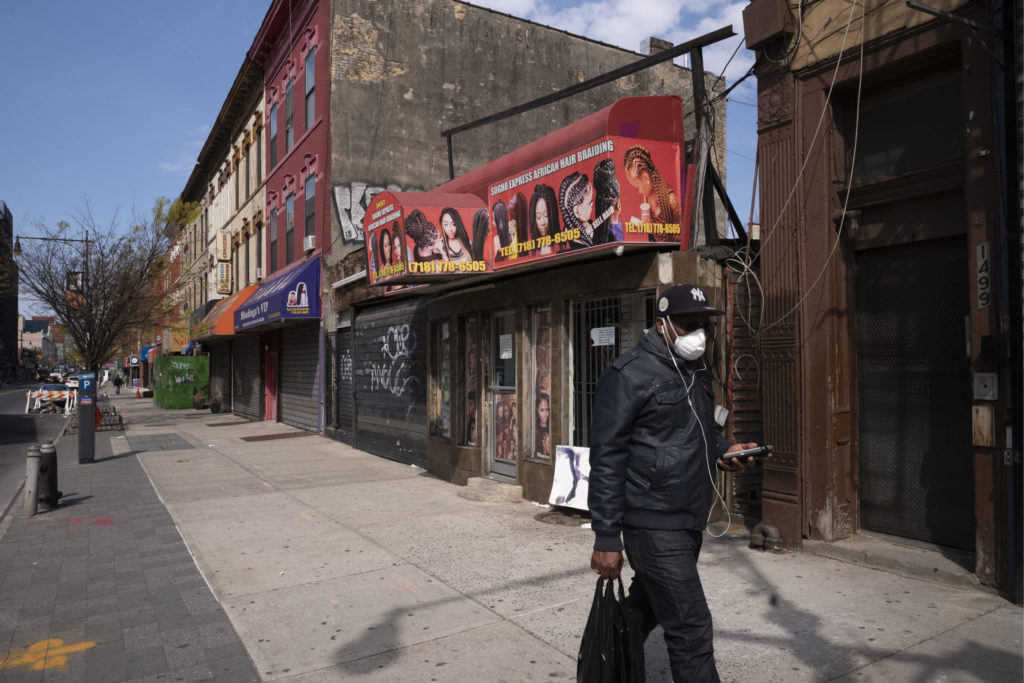
"The dual history of Bedford-Stuyvesant reflects its origins as an agricultural area and its evolution into a vibrant Black community after the abolition of slavery."
"The completion of the Brooklyn Bridge and elevated subway in the 1880s drastically improved accessibility, leading to an influx of immigrants into the Bedford-Stuyvesant area."
"Weeksville, once a thriving settlement for free Black people, became forgotten until its rediscovery in the 1960s, showcasing the neighborhood's rich heritage."
"Today, Bedford-Stuyvesant stands as the largest Black neighborhood in New York, symbolizing resilience and the enduring legacy of its historical community."
Bedford-Stuyvesant, or Bed-Stuy, embodies a unique dual history as an area evolving from Dutch agricultural roots in the 17th century to a significant Black community in the 19th century. Originally settlements like Weeksville emerged post-slavery, thriving with schools and civic life. However, this rich heritage faced obscurity over time, only to experience a renaissance starting in 1968 with the establishment of the Weeksville Heritage Center. Today, Bedford-Stuyvesant encapsulates resilience as the largest Black neighborhood in New York, symbolizing the community's enduring spirit and history.
Read at Brooklyn Eagle
Unable to calculate read time
Collection
[
|
...
]